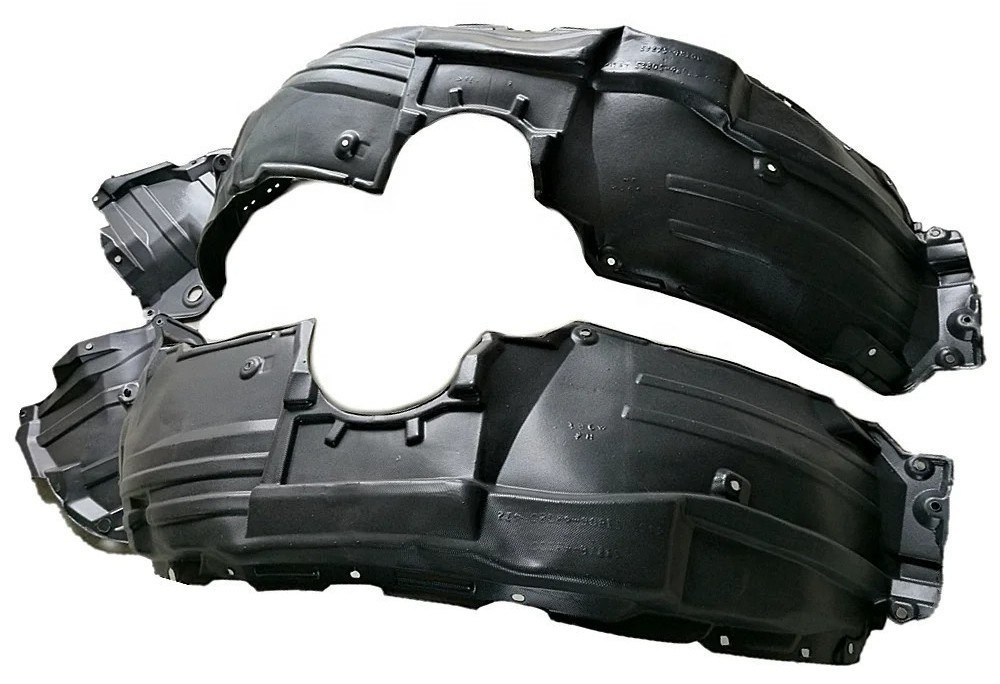Soundproofing wheel wells in a vehicle – For a quieter and more comfortable driving experience
Road noise is one of the most common sources of noise in a vehicle, and wheel wells are one of the biggest contributors. Wheel wells are located close to the tires and the road surface, which means that vibrations and noise from the road are transmitted into the car's interior. By soundproofing the wheel wells, you can significantly reduce annoying road noise and create a quieter and more comfortable driving experience.
Why soundproof the wheel wells?
When the car travels over different road surfaces, noise is generated from the tires' contact with the asphalt, gravel, or unevenness in the road. This noise is transmitted through the wheel arches and into the cabin, which can affect both comfort and driving pleasure.
Common problems that can be solved by soundproofing the wheel arches:
Reduced tire noise
Rough road surfaces, studded tires, and low profiles can create high rolling resistance and thus higher noise levels in the passenger compartment.
Dampen vibrations
Shocks and bumps from the road surface can be amplified through the wheel arches and spread further through the vehicle's chassis.
Increased driving comfort
A quieter cabin provides a more relaxed driving experience and makes it easier to have conversations or listen to music without distractions.
Which vehicles benefit most from wheel arch insulation?
All cars can benefit from improved sound insulation, but some types of vehicles have greater problems with road noise than others:
Electric cars and hybrids
Since these cars do not have engine noise, tire and road noise become more prominent.
SUVs and vans
Larger wheels and higher ground clearance allow more noise to penetrate the cabin.
Older cars
Many older models have poorer sound insulation compared to modern vehicles.
Cars with low-profile tires
Sportier tires with thinner sidewalls can generate more road noise than traditional tires.
How much can sound insulation of the wheel wells reduce the noise level?
Effective sound insulation can reduce road noise in the passenger compartment by 3-8 decibels, depending on the road surface, tire type, and the vehicle's original sound insulation. The greatest improvement is noticeable at higher speeds and on rough road surfaces, where the noise can otherwise be very stressful.
Soundproofing the wheel wells is a relatively simple measure that can greatly improve the driving experience. With the right method and materials, you can create a quieter, more comfortable, and enjoyable car journey – regardless of the road surface.






